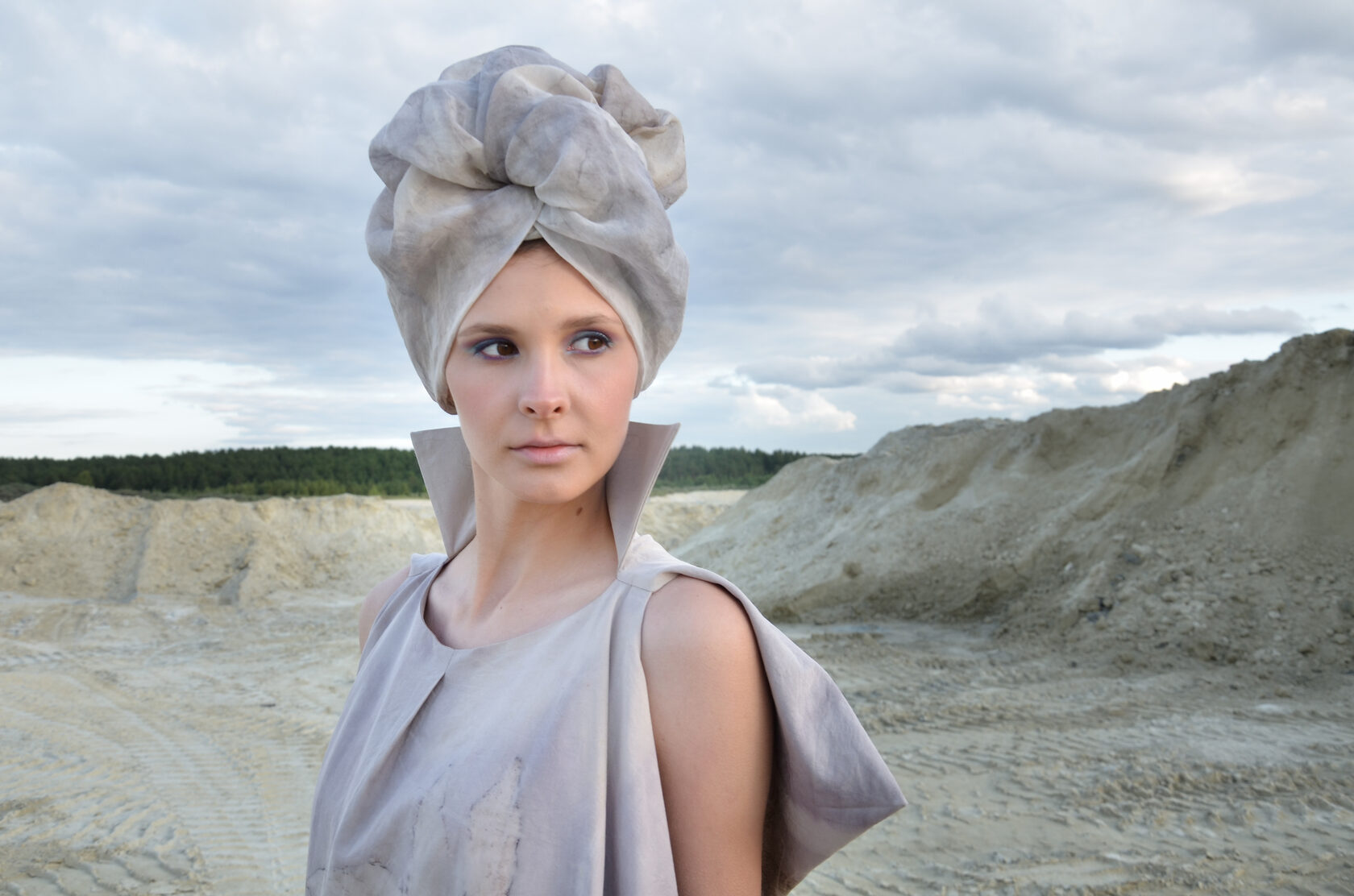In such a way one can consider the concept of Slow fashion. It is an approach in clothing industry in which you can use high-quality products, do not chase trends, do not buy often and a lot, and also think about environment.
Slow fashion allows us to save resources, ecology and our budgets.
The principle of slow fashion is based on conscious consumption. Initially, the direction of slow fashion rejected mass markets and recognized only clothes which were made by hands. Gradually, the Slow fashion movement expanded its principles and interpretations, emphasizing that things should be given a second life.
⠀
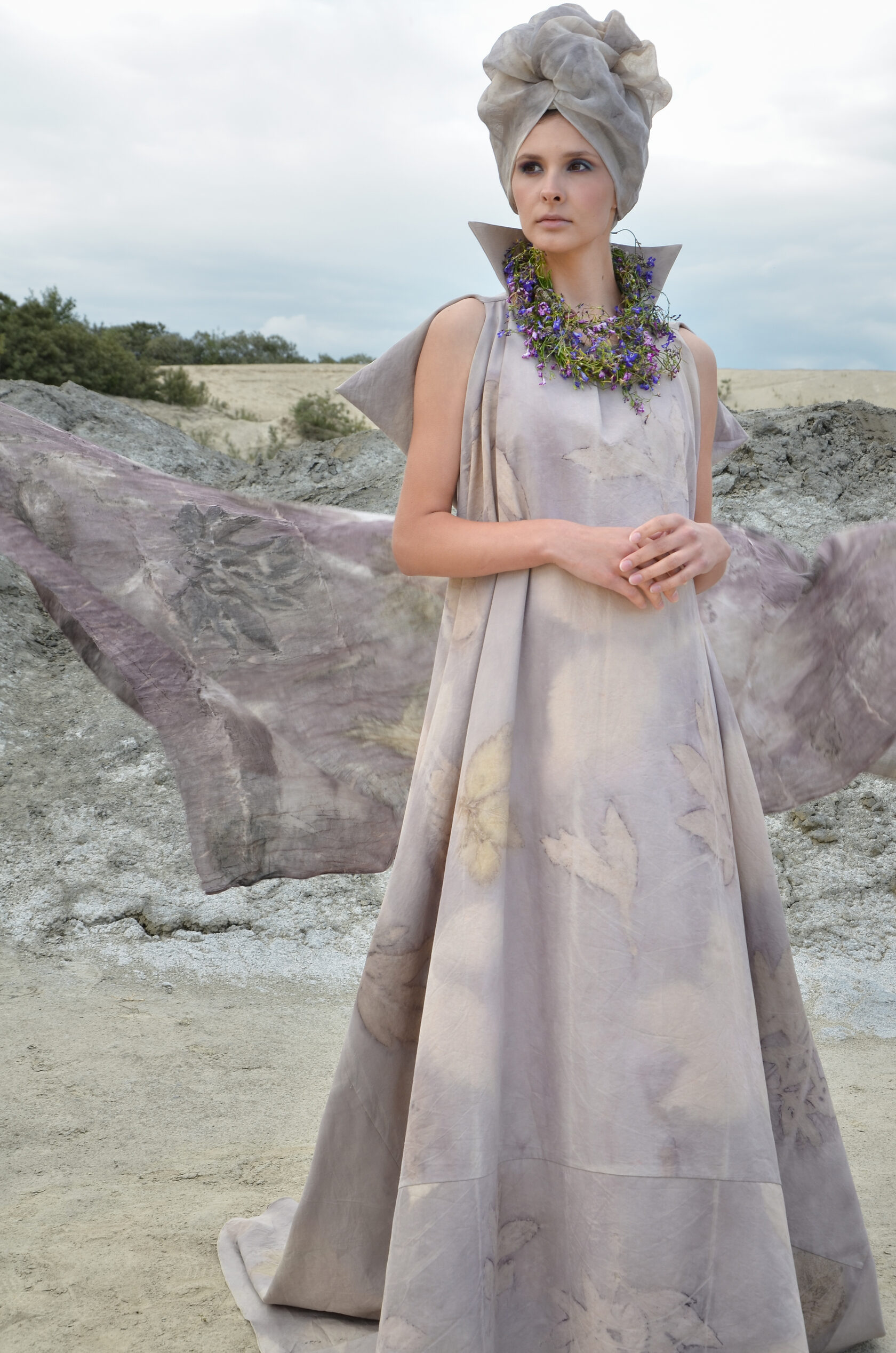
Thera are some principles of Slow fashion:
- Refusal of seasonal clothes
- Purchase of products from local designers
- Buying vintage items
- Giving clothes to charity
- Selection of high-quality clothing that will serve for a long time
- Refusal of following seasonal trends, buying clothes in your own unique style.
- Independent production and careful usage of clothing - manufacture, modification and recycling of own clothes, repairing. It is not necessary to throw clothes away: one can redo or repair it oneself or take it to the tailor shop;
- choice of clothes made of eco-friendly, recycled materials.
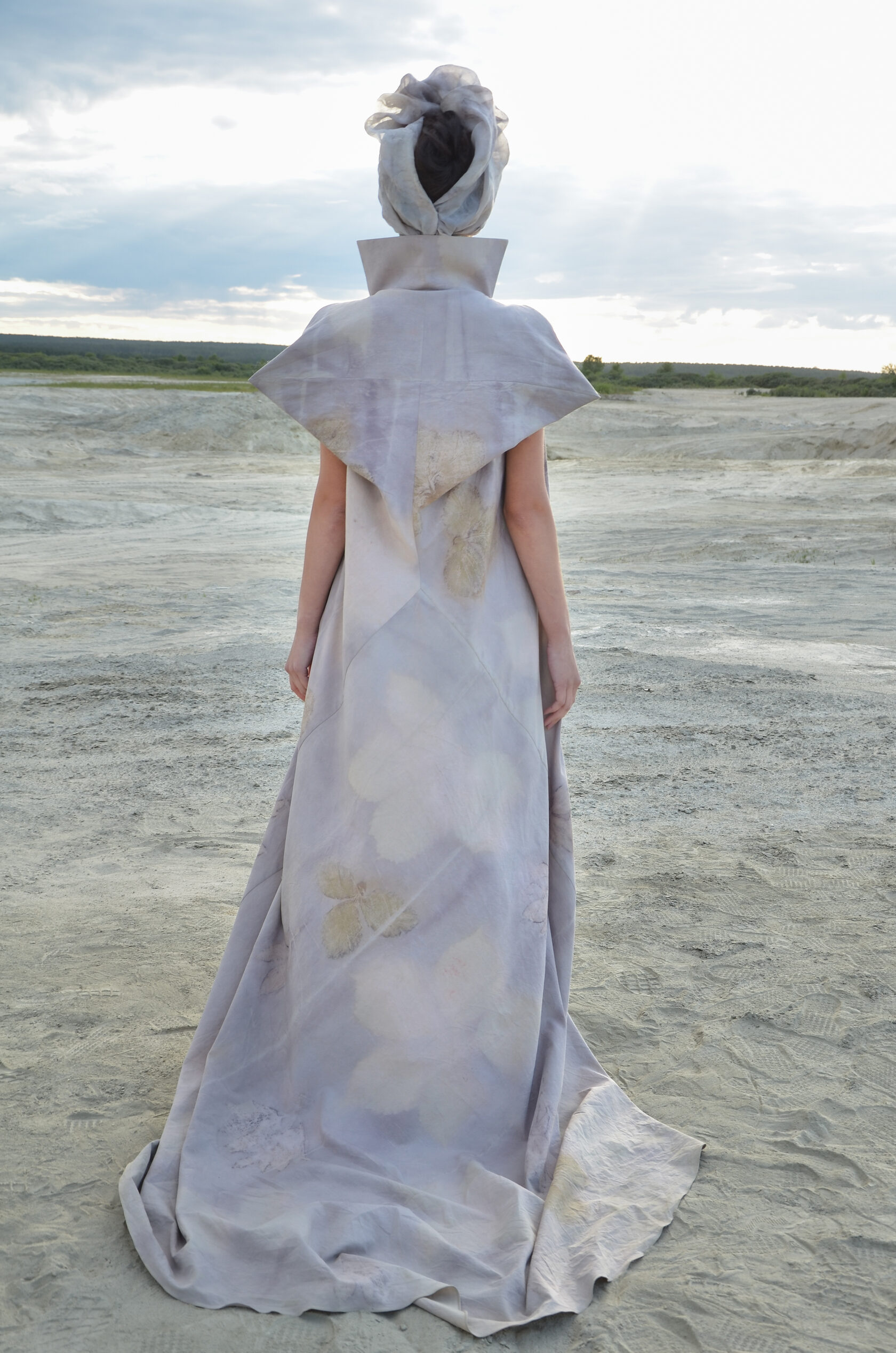
The mass production of clothing produces things to satisfy the consumer. At the same time, about 20% of clothes remains unsold and are thrown away, burned or sent to recycling centres, where they can be recycled incorrectly.
Of course, the mass market has simplified our life: made things more accessible, brought variety. However, everything has its drawbacks.
Our environment suffers because of low-quality mass production. Chemical dyes, non-recyclable wastes, cheap labor, lack of normal working conditions in factories take place in production.
We buy a lot of clothes and we wear some of them only twice or three times. Slow fashion encourages to think about the purchase: where the thing was produced, in what conditions, how and what dyes and fabric were used. Everything starts with us in this world.
Hand-dyed clothes made of natural fabrics are usually more expensive than those ones in mass-market. They are different in quality, take more time for production and design doesn’t depend on seasonal trends, so these things can be used for many years.
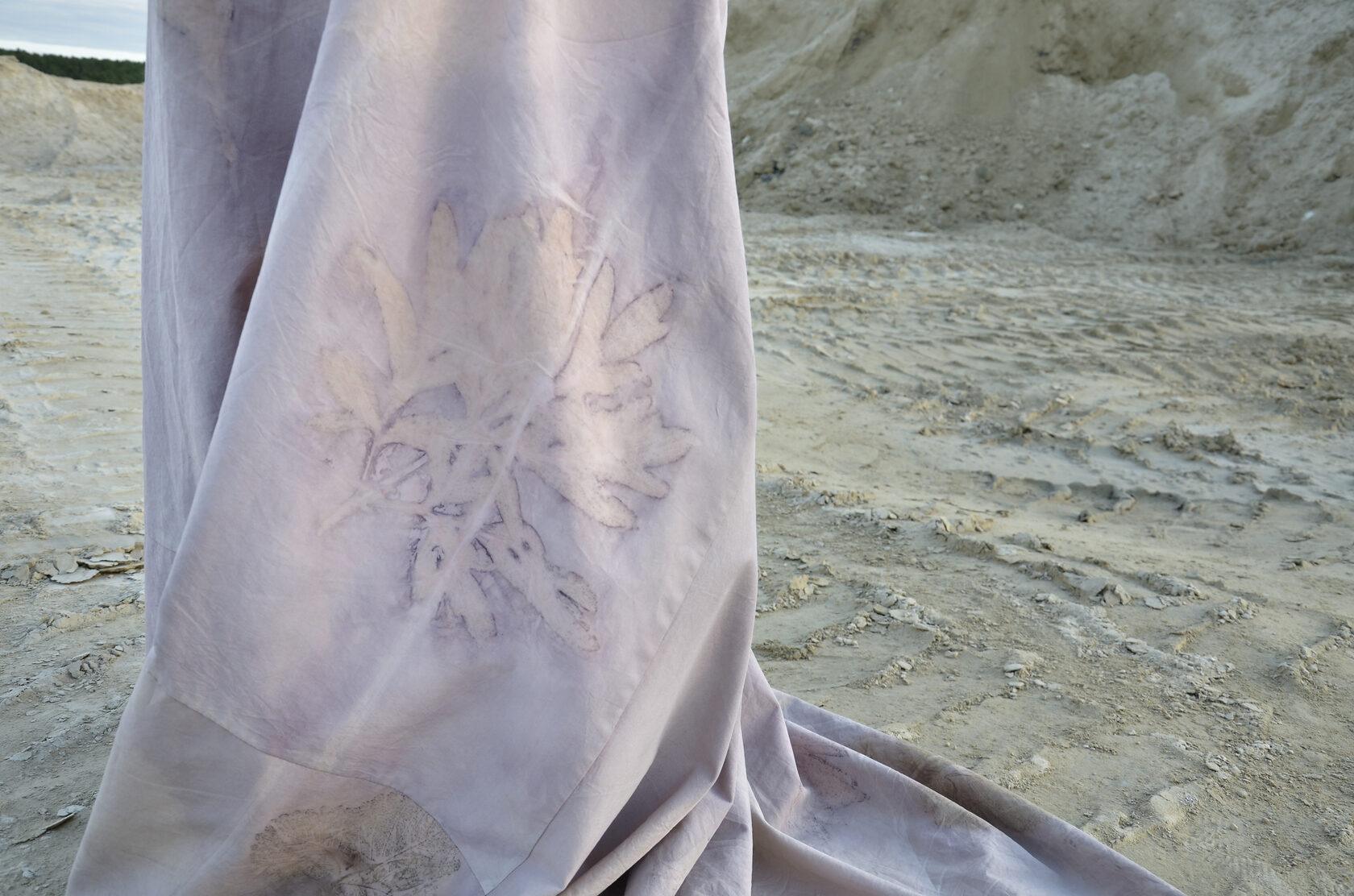
We support masters, who dye fabrics with natural dyes. In their work they do not only respect the environment but also create products, that go beyond the standard, typical and casual things. We are for bright colour: safe and unique.
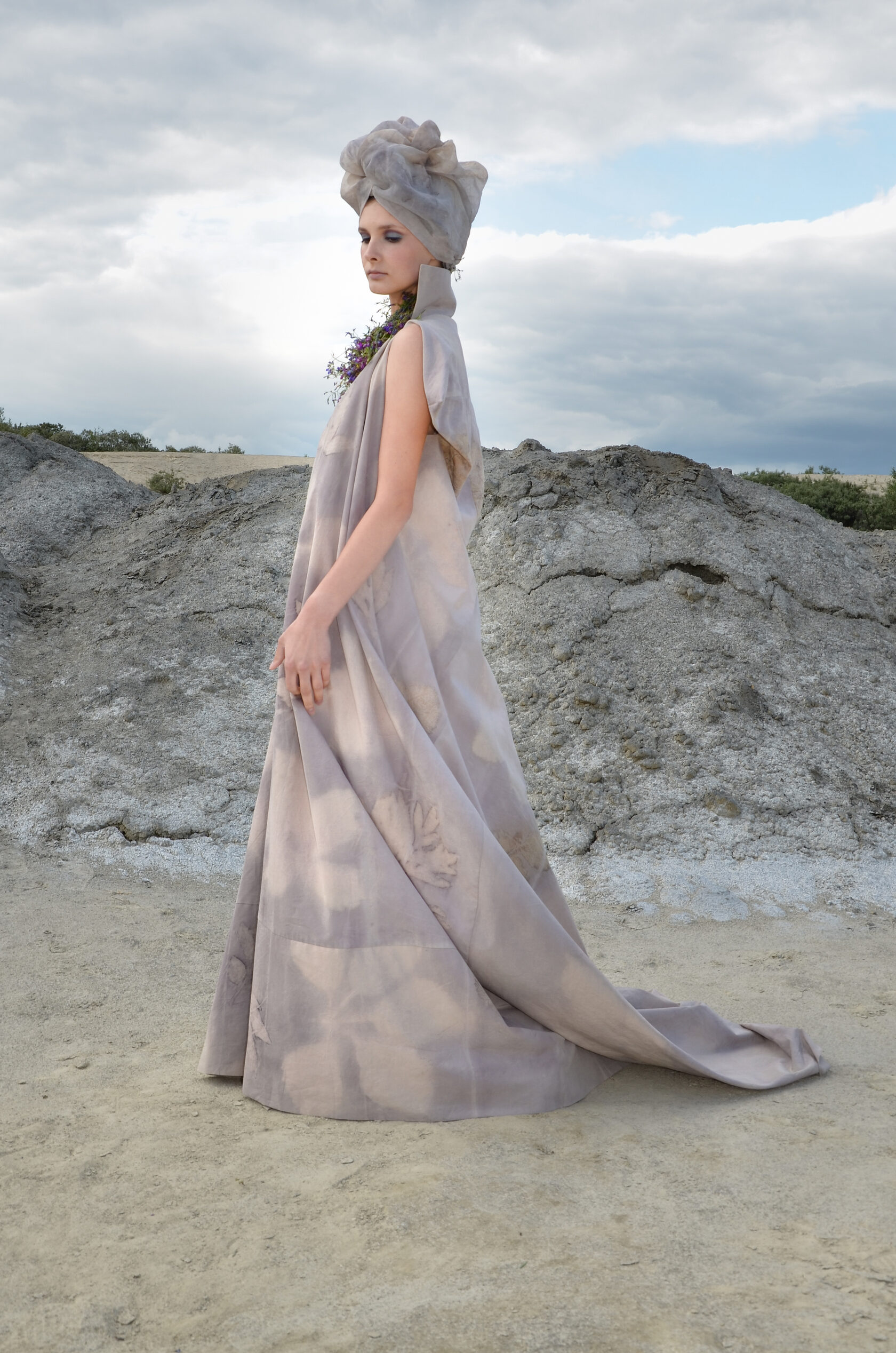

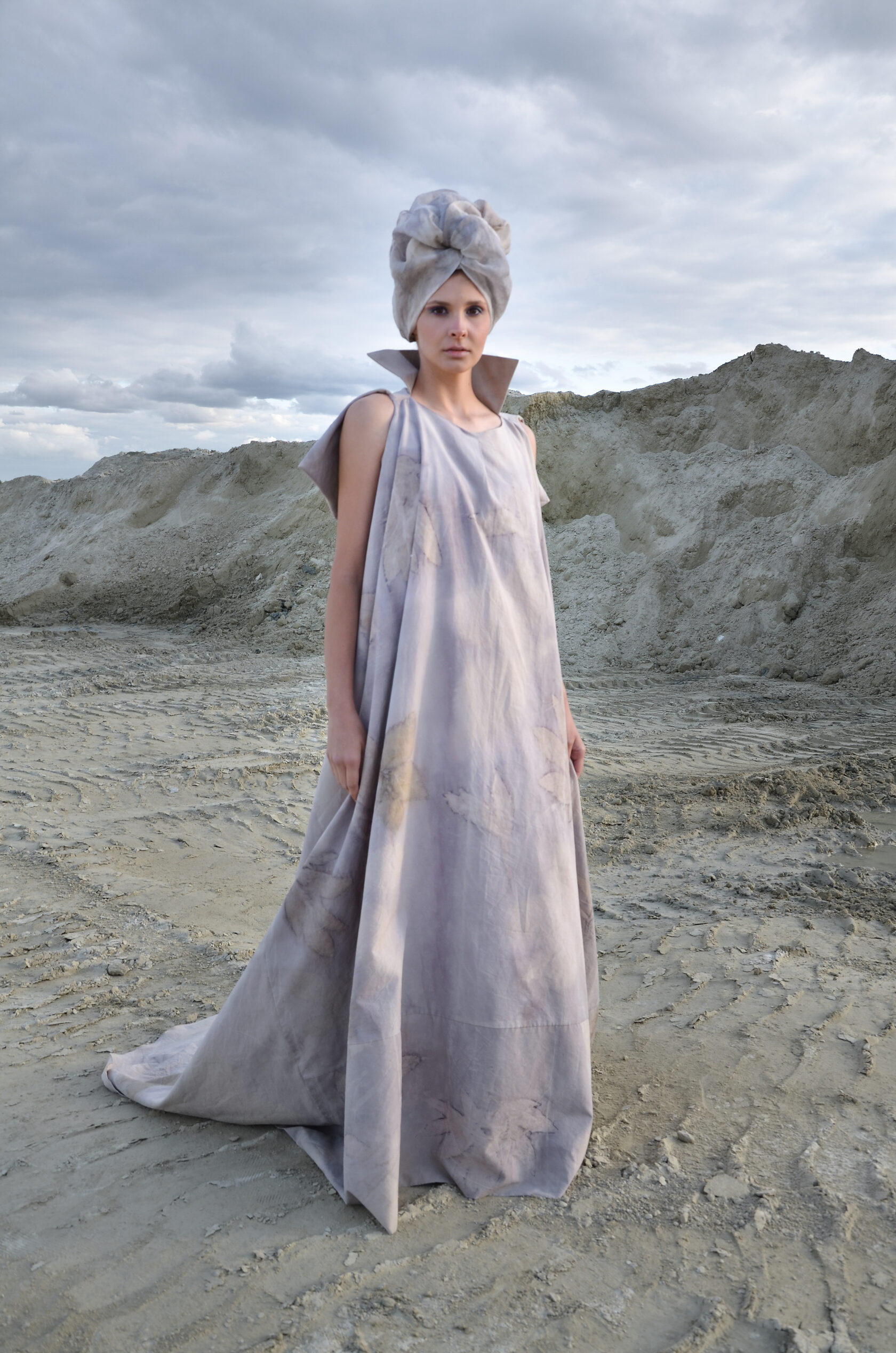
Video
@sasha_vodolazhchenko
Md
@annagrigorjewa
Mua
@natalia_bukareva_stylist
designer
Людмила Тюлькина
